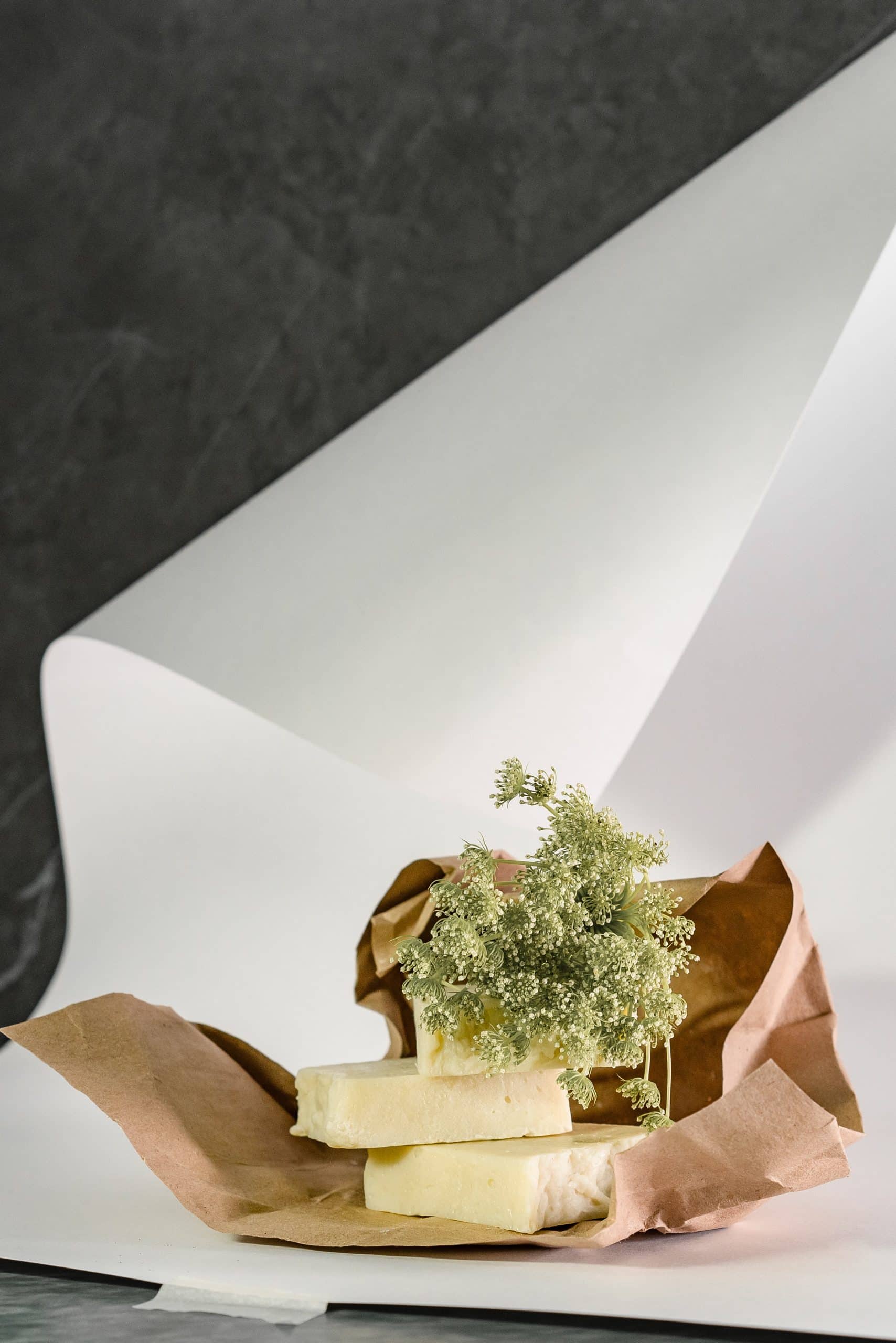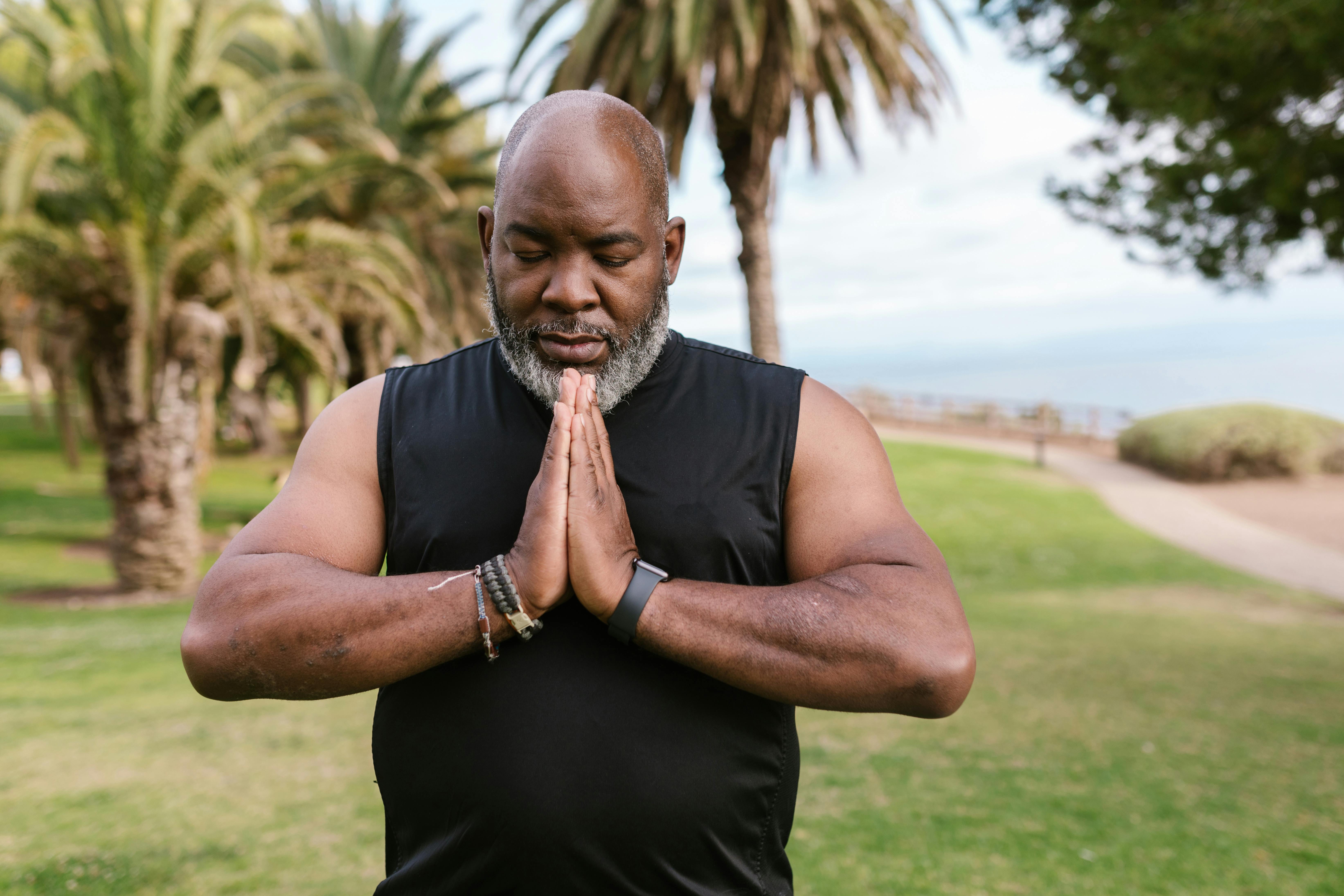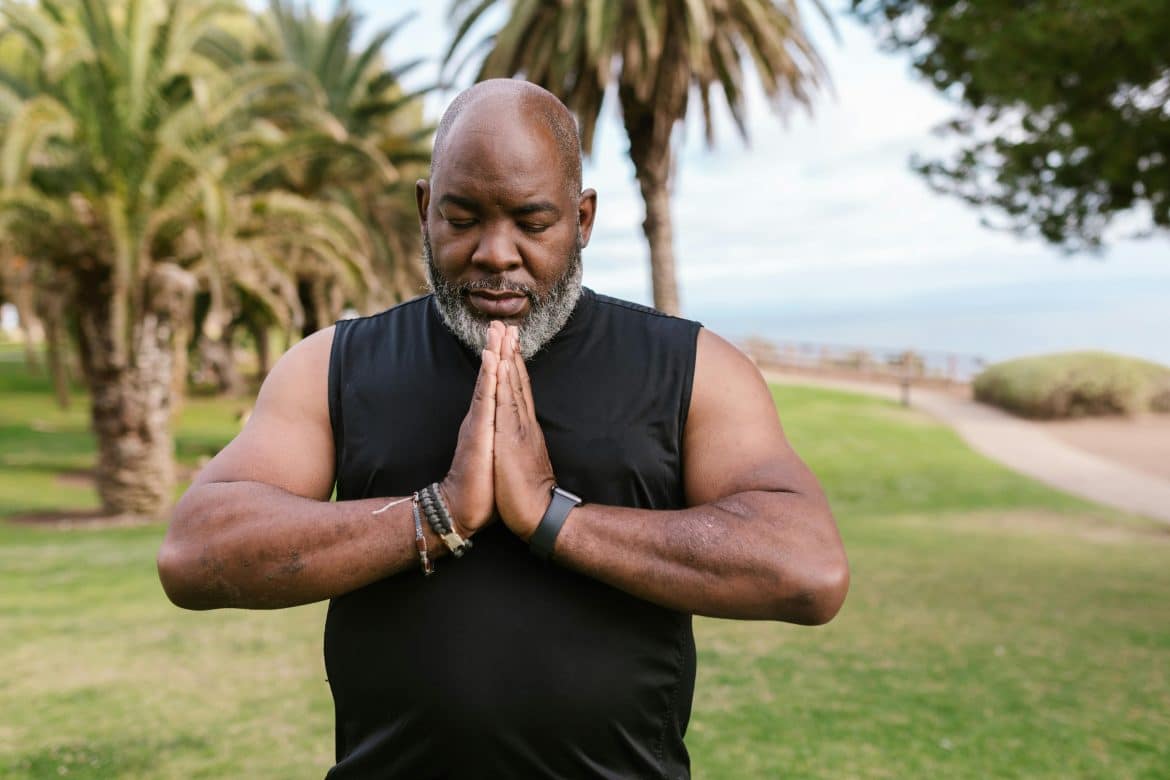Owning a playful and energetic puppy can bring so much joy and love into your life, but those sharp little nails on their paws can often leave you with unintended scratches and injuries. Fear not, because in this article, you will discover some helpful tips to make your puppy's nails less sharp. By following these simple and effective techniques, you can ensure that both you and your furry friend are safe and happy during playtime. So, let's get started on creating a fuss-free and enjoyable experience for you and your puppy!
Understanding Puppy Nail Growth
Taking care of your puppy's nails is an essential part of their overall grooming routine. Proper nail care not only contributes to their hygiene but also ensures their comfort and well-being. Understanding how puppy nails grow can help you better navigate the process of keeping them at the ideal length and preventing any potential problems.
The importance of nail care for puppies
Nail care for puppies is crucial for several reasons. Firstly, long and sharp nails can be uncomfortable for your furry friend and may even cause them pain when walking or playing. Regular trimming prevents the nails from becoming too long, reducing the risk of injury or scratching during playtime. Additionally, keeping their nails well-maintained can prevent them from getting caught in carpets, furniture, or other materials, avoiding accidental injury.
How puppies' nails grow
Puppy nails, just like their furry bodies, go through a growth phase. They have a quick, which is the blood vessel within the nail. As the nail grows, the quick also extends, and the goal of trimming the nails is to keep them short without cutting into the quick. Puppy nails are usually clear or white, making it easier to identify the quick and avoid accidental cuts.
The ideal length for puppy nails
The ideal length for puppy nails is just above the tip of the paws. Trimming them too short can cause discomfort or pain, while leaving them too long increases the risk of snagging or breaking. Regular maintenance is the key to achieving the optimal length for your puppy's nails.
Why sharp puppy nails can be problematic
Sharp puppy nails can cause damage or injuries to both humans and other pets. Untrimmed nails can easily scratch surfaces, including furniture and flooring. They can also inadvertently scratch or injure you or your family members during play. By keeping your puppy's nails properly trimmed, you can prevent these potential problems and maintain a safe environment for everyone.
Basic Supplies for Puppy Nail Care
To provide the best nail care for your puppy, it is essential to have some basic supplies on hand. These supplies will make the nail trimming process easier and more comfortable for both you and your furry friend.
Nail clippers suitable for puppies
Investing in the right nail clippers suitable for puppies is crucial. There are various types of clippers available, including guillotine-style and scissor-style clippers. Choose the one that you feel most comfortable using and ensure it is specifically designed for puppies to ensure their safety and comfort.
Alternative tools for trimming puppy nails
If using clippers is not your preferred method or if your puppy is anxious around them, there are alternative tools you can try. Nail grinders or files can be great options as they allow for more precise and gradual nail trimming. Choose a grinder or file specifically designed for pets to ensure safety and prevent any discomfort.
Styptic powder for potential bleeding
Accidents may happen, and your puppy's nail might bleed if the quick is accidentally cut. Having styptic powder on hand can help stop the bleeding quickly. Styptic powder contains ingredients that help to coagulate the blood and promote faster healing. Remember to consult your veterinarian for the recommended brand, as different products may vary in their ingredients and effectiveness.
Treats or rewards for positive reinforcement
Positive reinforcement is essential when it comes to nail care for your pup. Treats or rewards can help create a positive association with the nail trimming process and make it a more enjoyable experience for both of you. Choose small, soft treats that your puppy loves and reward them after each successful nail-trimming session.

This image is property of images.pexels.com.
Preparing Your Puppy for Nail Trimming
Introducing the nail trimming process gradually and creating a calm and safe environment are essential to ensure that your puppy feels comfortable and relaxed during the nail care routine.
Getting your puppy accustomed to touch
Before you start trimming your puppy's nails, it's essential to get them accustomed to touch. Gradually introduce gentle handling of their paws, gradually desensitizing them to touch. This will help your puppy become more comfortable and cooperative during the nail trimming process.
Introducing the nail clippers gradually
If you plan to use nail clippers, introduce the clippers to your puppy gradually. Let them sniff and investigate the clippers, associating them with positive experiences such as treats or playtime. This will help reduce any fear or anxiety they may have towards the clippers.
Creating a calm and safe environment
Choose a quiet and well-lit area in your home where you can comfortably trim your puppy's nails. Ensure that the space is free from distractions and provides a peaceful atmosphere for both of you. Reducing noise and other stimuli will help keep your puppy calm and focused during the nail trimming process.
Using positive reinforcement techniques
Throughout the nail care routine, use positive reinforcement techniques to reward your puppy's good behavior. Offer treats, praise, and gentle petting when they remain calm and cooperative. This positive association will help make the nail trimming experience enjoyable for your puppy and strengthen the bond between you.
Trimming Your Puppy's Nails: Step-by-Step Guide
Trimming your puppy's nails can seem intimidating at first, but with proper technique and a gentle approach, it can become a routine task that you both handle with ease.
Determining the appropriate time for trimming
Choose a time when your puppy is relaxed and calm for their nail trimming session. Avoid trimming their nails immediately after a meal or play session, as they may be more energetic and less cooperative during those times. Patience and timing are key to ensuring a successful and stress-free nail trimming experience.
Proper positioning for accessing the nails
Position your puppy comfortably for nail trimming. You can place them on a table or your lap, depending on their size and your preference. Ensure that they are secure and have enough space for you to access their paws easily. Proper positioning will allow you to trim the nails with accuracy and ease.
Trimming the white section of the nail
Identify the white section of your puppy's nail, which is the area that does not contain the quick. Using your chosen clippers or grinder, carefully trim a small portion of the nail, avoiding cutting into the quick. Remember to take it slow and trim small amounts at a time to avoid any accidents.
Avoiding the quick and potential bleeding
When trimming the nails, it's crucial to avoid cutting into the quick. Cutting into the quick can cause pain and bleeding. If unsure about the location of the quick, it's safer to trim a little at a time or consult a professional groomer or veterinarian for guidance. If bleeding does occur, apply styptic powder to quickly stop the bleeding.
Taking breaks if needed during the process
If your puppy becomes anxious or agitated during the nail trimming process, it's crucial to take breaks as needed. Pushing through a stressful situation can make the experience more challenging for both you and your puppy. Give them some time to relax and regroup before continuing. Remember to provide positive reinforcement and patience throughout the process.

This image is property of images.pexels.com.
Alternative Methods for Maintaining Puppy Nail Length
While regular nail trimming is essential, there are alternative methods you can incorporate into your puppy's routine to help maintain their nail length.
Using a nail file or grinder
If your puppy is particularly anxious about nail clippers, using a nail file or grinder can be a viable alternative. A nail file allows for gradual smoothing and shortening of the nails without the need for clipping. Similarly, a grinder can be used to file down the nails gradually. These tools are particularly useful for puppies with sensitive nails or those that struggle with traditional nail clippers.
Frequent walks on different surfaces
Taking your puppy for frequent walks on different types of surfaces can naturally help wear down their nails. Walking on concrete or pavement can naturally file down the nails, preventing them from becoming excessively long and sharp. Remember to monitor the wear on their nails and supplement with regular trimming as necessary.
Utilizing scratching posts or mats
Providing your puppy with appropriate scratching posts or mats can serve multiple purposes. Not only do they help satisfy their natural urge to scratch and maintain their nails, but they also protect your furniture and other household items. Encourage your puppy to use the scratching posts or mats through positive reinforcement techniques.
Professional grooming services
If you are unsure or uncomfortable with trimming your puppy's nails yourself, professional grooming services can be a great option. Groomers have the experience and expertise to trim your puppy's nails safely and efficiently. They can also provide additional services such as nail filing or grinding, ensuring your puppy's nails are well-maintained.
Addressing Common Nail Care Challenges
Nail care for puppies may come with its challenges, but with patience, practice, and the right techniques, you can overcome them.
Dealing with fear or anxiety issues
Some puppies may have fear or anxiety towards nail care. This can be due to past negative experiences, sensitivity, or a lack of exposure. The key to addressing these challenges is gradual desensitization and introducing positive associations with the nail care routine. Take small steps and be consistent in your approach, always rewarding your puppy's progress and good behavior.
Managing puppies with dark or black nails
Puppies with dark or black nails can present a challenge when it comes to identifying the quick. The quick is not as visible in dark nails, making it harder to determine where to trim. If you are unsure, it's better to trim small portions at a time or seek assistance from a professional groomer or veterinarian who can guide you in proper nail care techniques for dark nails.
Handling potential accidents or bleeding
Accidents may occur during nail trimming, resulting in bleeding. If this happens, it's important to remain calm and take immediate action. Apply gentle pressure to the bleeding area with a clean cloth or cotton ball. If bleeding continues, use styptic powder as directed to stop the bleeding. If the bleeding persists or if you are unsure, contact your veterinarian for further guidance.
Overcoming resistance or reluctance
Some puppies may simply be resistant or reluctant to have their nails trimmed. Patience, consistency, and positive reinforcement techniques are crucial in overcoming their resistance. Start with short sessions, gradually increasing the duration as your puppy becomes more comfortable. Consistency is key, as regular nail care will help habituate your puppy to the process.

This image is property of images.pexels.com.
Benefits of Regular Puppy Nail Care
Regular nail care for your puppy offers numerous benefits beyond simply maintaining their nails' length.
Prevention of scratches and accidental injuries
Trimming your puppy's nails regularly helps prevent scratches and accidental injuries. When their nails are too long and sharp, they can unintentionally scratch themselves, other pets, or family members during play. Keeping their nails at an appropriate length reduces the risk of these injuries and promotes a safer environment.
Maintaining proper paw health and posture
Proper nail care contributes to your puppy's overall paw health and ensures their correct posture. Long nails can alter their gait and cause discomfort when walking or running. Regular trimming helps maintain the balance of their paws, reducing the risk of joint or bone issues associated with improper weight distribution.
Reducing damage to furniture and household items
Sharp puppy nails can be detrimental to your furniture and household items. Untrimmed nails can easily catch or scratch upholstery, carpets, and other surfaces. Regular trimming helps prevent this damage, saving you potential repair costs and maintaining the quality of your belongings.
Promoting positive interaction with people and other pets
Well-maintained nails contribute to your puppy's positive interaction with both people and other pets. When their nails are properly trimmed, they are less likely to accidentally scratch or cause harm during playtime. This promotes harmony among family members, strengthening the bond between you and your furry friend.
Additional Tips for Puppy Nail Care
Beyond the basics, here are some additional tips to enhance your puppy's overall nail care routine.
Gradually increasing the frequency of trimming
As your puppy grows and becomes more accustomed to nail care, gradually increase the frequency of trimming. Start with weekly sessions, then move to biweekly, and eventually establish a routine based on their nail growth rate. This will help prevent their nails from becoming too long and maintain their optimal length.
Inspecting and cleaning the nails regularly
Regularly inspecting your puppy's nails for any signs of injury or dirt buildup is essential. Check for any redness, swelling, or pain around their nails and clean them gently if necessary. Keeping their nails clean helps prevent infection and improves their overall hygiene.
Monitoring the overall condition of the paws
In addition to nail care, it's important to monitor the overall condition of your puppy's paws. Check for any cuts, foreign objects, or signs of discomfort such as limping. By ensuring their paws are in good health, you can prevent any potential issues from escalating.
Seeking professional advice if necessary
If you encounter any persistent difficulties or concerns regarding your puppy's nail care, do not hesitate to seek professional advice. Veterinarians and professional groomers have the knowledge and experience to guide you in addressing specific issues or providing tailored recommendations based on your puppy's breed or individual needs.
Proper Nail Care for Different Puppy Breeds
Different breeds may have specific nail care requirements due to variations in nail characteristics and growth rates. Understanding these differences allows you to tailor your puppy's nail care routine accordingly.
Considering breed-specific nail characteristics
Certain breeds have unique nail characteristics that may require special attention. For example, some breeds have dewclaws, which are extra toes located higher up on their legs. These dewclaws may require regular trimming to prevent overgrowth or snagging.
Understanding differences in nail growth rates
Nail growth rates can vary between breeds, with some puppies needing more frequent trims than others. Larger breeds tend to have slower nail growth rates than smaller breeds. It is essential to observe and monitor your puppy's nail growth to determine the appropriate frequency for trimming.
Tailoring nail care routines accordingly
Once you understand your puppy's breed-specific nail characteristics and growth rates, you can tailor their nail care routine accordingly. Adjust the frequency and techniques of trimming based on their needs, ensuring their nails remain at the optimal length.
Consulting breeders or veterinarians for guidance
Consulting breeders or veterinarians for guidance is beneficial, especially if you have specific concerns about your puppy's nail care. Breeders can provide valuable insights into the breed-specific nail care routines, and veterinarians can offer professional advice based on their expertise and knowledge of your puppy's health.
Conclusion
Investing time and effort into your puppy's nail care routine is crucial for their overall well-being and comfort. By understanding the importance of nail care, preparing your puppy for nail trimming, and utilizing the proper techniques and tools, you can create a positive and gentle nail care routine. Regular nail care not only prevents scratches and injuries but also contributes to their paw health and promotes positive interactions with people and other pets. So, embrace the benefits of well-maintained puppy nails, and enjoy the joy and happiness that comes from having a healthy and happy furry friend by your side.


